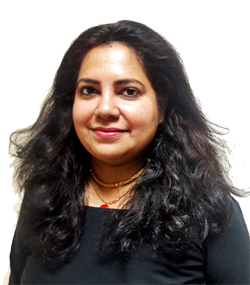

They say the world has become a global village now. In the past it was the satellite media, then the trade and now it is the digital media. Mankind has always been keen to explore, if not for trade, to conquer. However, this might be the only age where even in the midst of conflicts and challenges, there is an urge to unite.
It was the 10th Muscat International Film Festival that reminded us with their theme ‘Cinema unites us’. And a proof of that was the number of international films that participated at the festival.
There were foreign language and Arabic films. There were movies with subtitles. Even if there were no subtitles, it was not a problem because emotions are universal.
There have been collaborations as in the case of Sons of Sindbad, which saw a team from Oman, France and Germany, and Cities of Mud, which saw a team from Oman and Morocco.
People speak so many tongues, but once again sentiments can be the same. Speaking of language, yet another event that is happening in Oman makes me think on similar lines.
It is an exhibition called ‘Belarus at the Crossroads of Civilisations’ being held at the Oman National Museum. The National Historical Museum of Belarus owns a collection of books, both printed and handwritten, from the Belarusian Islamic community dating back to the times of Russian Empire in early 19th century, and all the way till the second Polish Republic in 1920s – 1930s.
An example of that is here. It will be on display for the next three months at the Oman National Museum. What is fascinating is the manuscript, ‘Kitab’, which is actually a Belarusian language written in Arabic script.
It is not the language that traces back the human connections. A lot of time it is the products. Not products during this era when the transportation is only a few hours away.
The archaeological site, Qalhat in the Al Sharqiyah Governorate, is an example that proves that where there was ocean or water to divide, man wanted to cross it to interact.
The urge to find new shores of civilisations might have been stronger before and the only brave and the able with skills would have achieved their goals. Today, what they have left behind is only traces that can describe for us what life would have been once upon a time.
The archaeological findings of pottery tell us about the sea trade between the shores of Ras al Jinz and the Indus Valley.
Where civilisations met was interestingly in the waterways in the past. And today it should be the airways. But the hope for future lies in the nations that are ready to bring in cross-cultural dialogues, which you can experience for the next three months at the Oman National Museum.
What is intriguing is the beautiful history behind Slutsk sash. The Slutsk sash is a cultural symbol of Belarus. Once upon a time, it used to be imported from Persia and Turkey. And then it was manufactured in the Belarusian town called Slutsk. So where did the skills come from?
The first master craftsman was invited from the Ottoman Empire.
The history of mankind is full of stories. As long as people love stories, history, traditions and culture would be preserved.
That was exactly the message conveyed by world-renowned film director and producer Mira Nair at the Muscat International Film Festival, “If we do not tell our stories, who would tell them?”
Let the present generation know of the links and carry on to the future generation to bring in acceptance and understanding of all cultures and civilisations.
lakshmiobserver@gmail.com
Oman Observer is now on the WhatsApp channel. Click here



